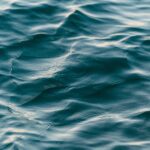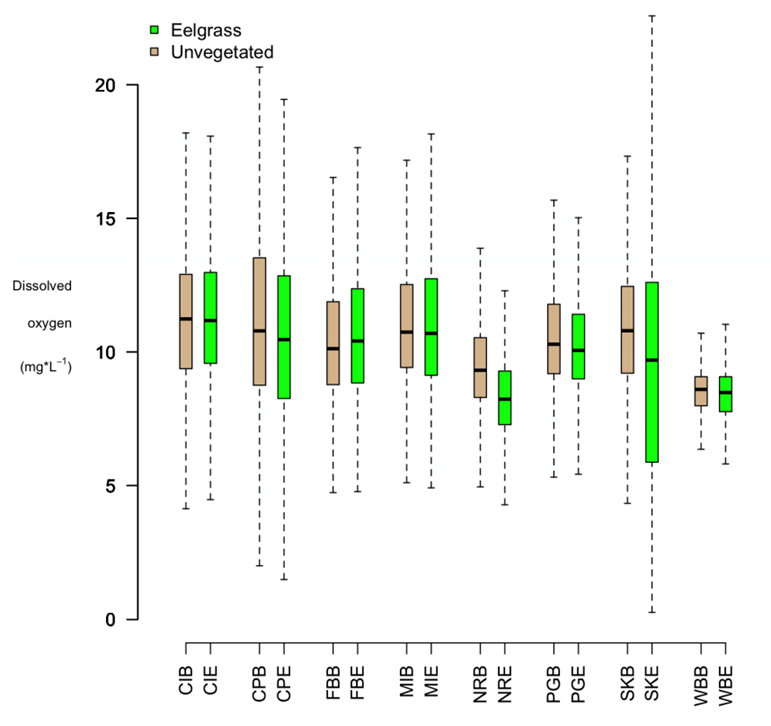
Recording Dissolved Oxygen Levels at Spawning Site of Invasive Trout Species
October 1, 2020
miniDOT Loggers Solve the Case of the Disappearing Jellyfish
December 1, 2020Studying the Effects of Climate Change on Marine Life
Project Details
- PRODUCT(S): miniDOT® Logger, Cyclops-7 Logger
- APPLICATION: Coastal / Ocean
- PARAMETER: Chlorophyll, Dissolved Oxygen, Temperature
- LOCATION: Various sites in Washington State: Cherry Point, Fidalgo Bay, Port Gamble Bay, Skokomish River Delta, Case Inlet, Maury Island, Nisqually Reach, and Willapa Bay
- ORGANIZATION: WA DNR Aquatics Program, The Acidification Nearshore Monitoring Network (ANeMoNe)
- RECOGNITION: Micah Horwith

Figure 1 Source: https://bit.ly/34tIHP3
Case Study Description
The Acidification Nearshore Monitoring Network (ANeMoNe) has been studying the effects of oceanic warming and acidification on marine life across various sites in Washington State. Warmer waters hold less oxygen than cooler waters which can lead to mass deaths of crabs, fish, and other aquatic animals. Acidification occurs when freshwater enters the saltwater, and since climate change is predicted to decrease snow run-off and increase rainfall at the location of the research, there may be an unpredictable fluctuation in acidity.
Measurement Sites and Data Collection
Over a period of four years, data points were taken at eight different sites across Washington State: Cherry Point, Fidalgo Bay, Port Gamble Bay, Skokomish River Delta, Case Inlet, Maury Island, Nisqually Reach, and Willapa Bay. The researchers from ANeMoNe and WA DNR Aquatics Program used the miniDOT Logger to measure dissolved oxygen (DO) and temperature levels at each site. The changes in DO and temperature levels indicated the overall warming of the surveyed area and provided insight into the effects of climate change on nearshore marine environments.
In addition, they used the Cyclops-7 Logger to measure chlorophyll levels, since it serves as an indirect measurement of phytoplankton populations. Measuring the size of phytoplankton populations provided insight into the food environment available for shellfish. Understanding the food environment allowed researchers to examine the effects of overlapping stressors on the shellfish populations. An oyster that was eating plenty of nutrients, for example, might withstand warmer waters (lower DO levels) better than an oyster that is malnourished.
Conclusions
After collecting this data, the impact of climate change on chlorophyll remains unclear. The data and results varied at each site; some sites had higher variation in temperature, chlorophyll, and/or DO than others. Researchers measured all parameters within vegetated areas (specifically eelgrass) and non-vegetated areas at each site. The results were compared to determine if vegetated areas were more or less stable in terms of variation in the parameters. The data for both vegetated and non-vegetated areas is generally comparable at each site. For example, Figure 1 shows the data for DO collected in 2018.
The sites with greater variation in pH or temperature have the potential to house valuable genetic diversity, but more stable sites may be extremely vulnerable to rapid environmental changes. Sites that are cooler or less acidic could be a refuge for sensitive species, while warmer or more acidic sites could warrant special protection or restoration. Understanding these data could help ANeMoNe, or similar organizations, create and manage more resilient marine ecosystems.
Product Descriptions
The miniDOT® Logger is a completely submersible instrument that logs dissolved oxygen and temperature measurements. The oxygen sensor is an optode that measures dissolved oxygen concentration in water through a fluorescence method. Data are recorded to an internal SD card. Operation of the miniDOT Logger such as setting the time and sample interval can be accomplished via the USB cable.
The Cyclops-7 Logger connects to one Turner Designs Cyclops-7 sensor at a time. PME offers a fixed sensor version as well as an interchangeable sensor version. The logger records measurements internally at a variety of possible sample rates. Data are offloaded from the logger to a computer via a standard USB cable. The logger is completely self-contained and waterproof. Internal power allows the logger to operate for roughly 28,000 samples.

